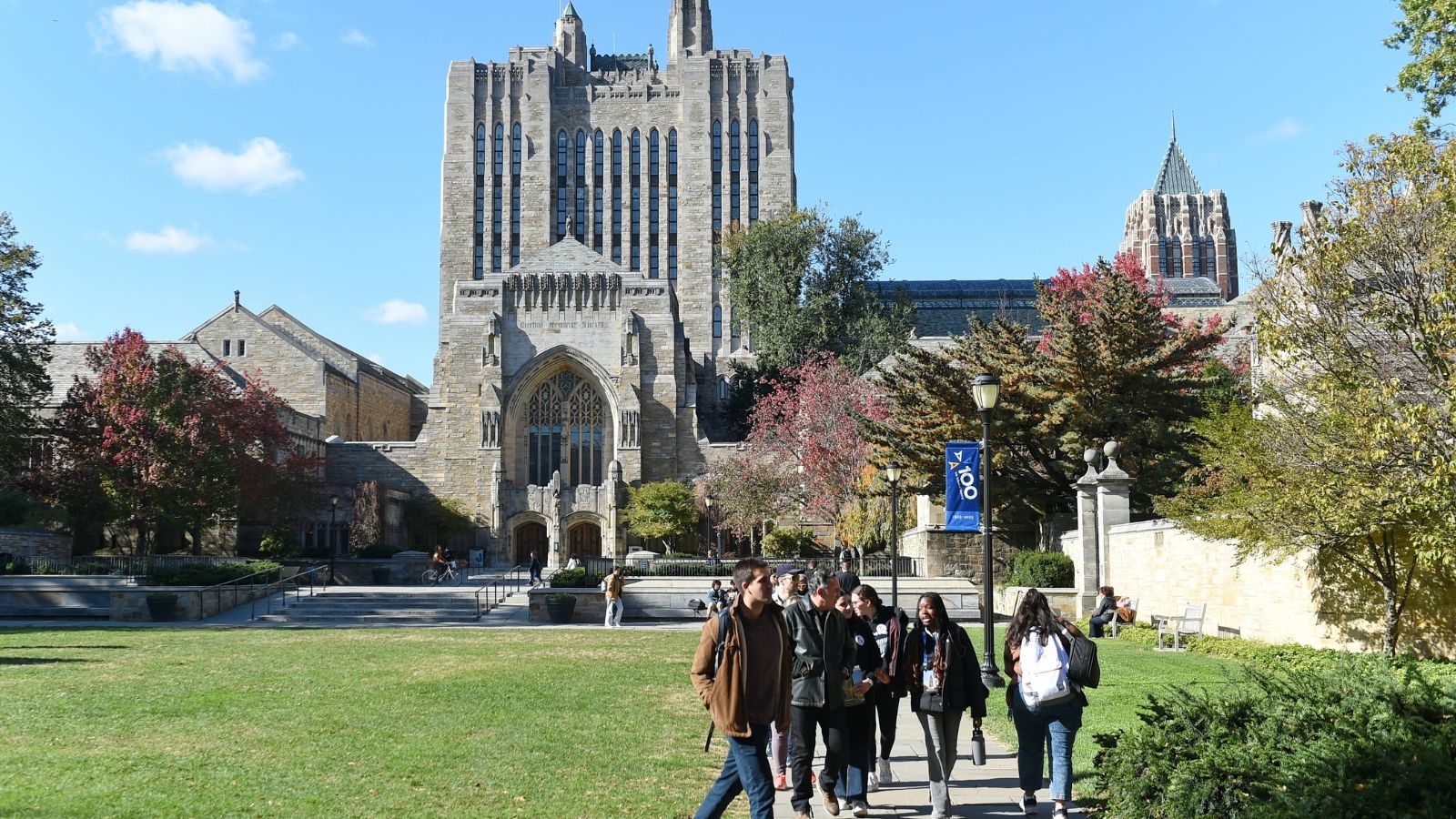The cost of attending colleges and universities is rising faster and higher than ever, and it’s not just tuition being affected. Today’s college students face an array of expenses that previous generations couldn’t have imagined.
From technology fees to mental health services, understanding these costs can help students and their families plan better for a successful college experience. Here’s a breakdown of 17 surprising costs that today’s students encounter in higher education.
Increased Tuition Rates

College tuition has steadily risen over the past few decades, and it’s usually the largest single expense for students. Public and private institutions alike have increased tuition costs to cover operational expenses, resulting in students and families having to limit their budgets even more.
Student Fees Beyond Tuition

Beyond tuition, many colleges impose mandatory fees for student activities, health services, and even recreational facilities. While these fees may seem small individually, when added together, they can amount to thousands of dollars annually.
On-Campus Housing Costs

Housing costs have seen significant increases for students who choose or have no other choice but to live on campus. Many universities now offer luxury dorms or apartment-style living, and while they are convenient and comfortable, the price is steep.
Off-Campus Housing Expenses

With the rise of rent prices in college towns, living off-campus is only sometimes the cheaper alternative it used to be. Depending on the city, students may find it challenging to secure affordable housing due to competition with residents and other students.
Meal Plans and Dining Costs

Most colleges require students living on campus to purchase a meal plan, which can cost several thousand dollars annually. This makes living on campus very expensive. Even for students living off-campus, dining expenses add up, especially since their time is limited and it is difficult for them to prepare meals.
Digital and Technology Fees

Some colleges now require students to pay for digital services, including online class platforms, software, and technical support. As learning seems increasingly digital, technology fees have become common and a permanent line item on students’ bills.
Textbooks and Course Materials

Despite efforts to reduce textbook costs, many students still spend hundreds of dollars per semester on course materials and other useful books. Some specific classes now require access to specific software or digital textbooks, adding to the financial burden.
Lab and Studio Fees

Science, art, and technology-related courses require students to pay lab or studio fees to cover the cost of specialized equipment and materials. These fees can range from a few hundred dollars to over a thousand, depending on the course, making it harder for students to focus solely on their studies.
Transportation and Parking Fees

For students commuting to campus, the cost of transportation and parking can be significant. Parking permits at some colleges can cost hundreds of dollars per semester. Similarly, off-campus students have to spend much money on public transit or gas/petrol in case of students with vehicles at hand.
Internship and Placement Fees

Nowadays, internships and co-op programs become an integral part of the co-op experience and are mandatory, so some universities now charge placement fees. Students may also face costs for traveling to job sites, business attire, and special certifications.
Mental Health Services and Wellness Programs

With the increased mental health awareness, colleges have expanded their counseling and wellness programs, but they often come at a cost. Different institutions charge students differently for access to counseling services, meditation sessions, or wellness workshops.
Healthcare and Insurance Costs

While many colleges require students to have health insurance, those who don’t have private insurance often need to purchase a school-sponsored plan, which may or may not be favorable. While some may be comprehensive, college health plans can cost thousands yearly, adding to the financial strain.
Study Abroad and Experiential Learning Costs

Studying abroad, particularly for students in third-world countries who may not have access to top-class educational institutions, could be in for an incredible experience depending on their chosen program, but it can be pricey. In addition to tuition and program fees, students must consider travel expenses, visas, insurance, and sometimes special equipment or attire.
Application and Enrollment Fees

Before stepping onto campus, prospective students often face application fees, such as security fees, standardized tests, and enrollment deposits. These costs add up quickly and are especially inconvenient for students applying to multiple colleges or universities.
Graduation and Diploma Fees

Graduating itself is not free of cost. Many colleges charge a graduation fee, which can cover the cost of the diploma, the ceremony, and other administrative expenses. Students would also have to pay for their cap and gown; some schools require a minimum fee for any final records or transcripts.
Professional Testing and Certification Fees

Students in specialized fields like law, medicine, or education normally need to pass exams or obtain certifications before they can start practicing. Preparing for these exams and paying for certification fees can be costly.
Networking and Professional Development Costs

As students look to build connections to achieve success in their future careers, many invest in professional memberships, conferences, or workshops. Even though these expenses are optional, they are becoming increasingly necessary as time goes on and the competition becomes even more challenging.
Conclusion

College has many hidden costs, and it will only continue to rise. From tuition and housing to digital services fees and mental health services, the vast array of expenses that students today face is broader than ever. Planning for these costs can be daunting, but awareness is the first step toward managing them effectively. Families who prepare for these extra expenses beforehand can help students succeed without the added stress of unexpected financial hurdles.
18 Reasons Why People Are Leaving Florida in Masses

Exploring factors that impact the desirability of living in Florida, this list delves into various challenges shaping residents’ experiences. From environmental concerns like rising sea levels to economic factors such as fluctuating job markets, these issues collectively contribute to a nuanced understanding of the state’s appeal.
18 Reasons Why People Are Leaving Florida in Masses
